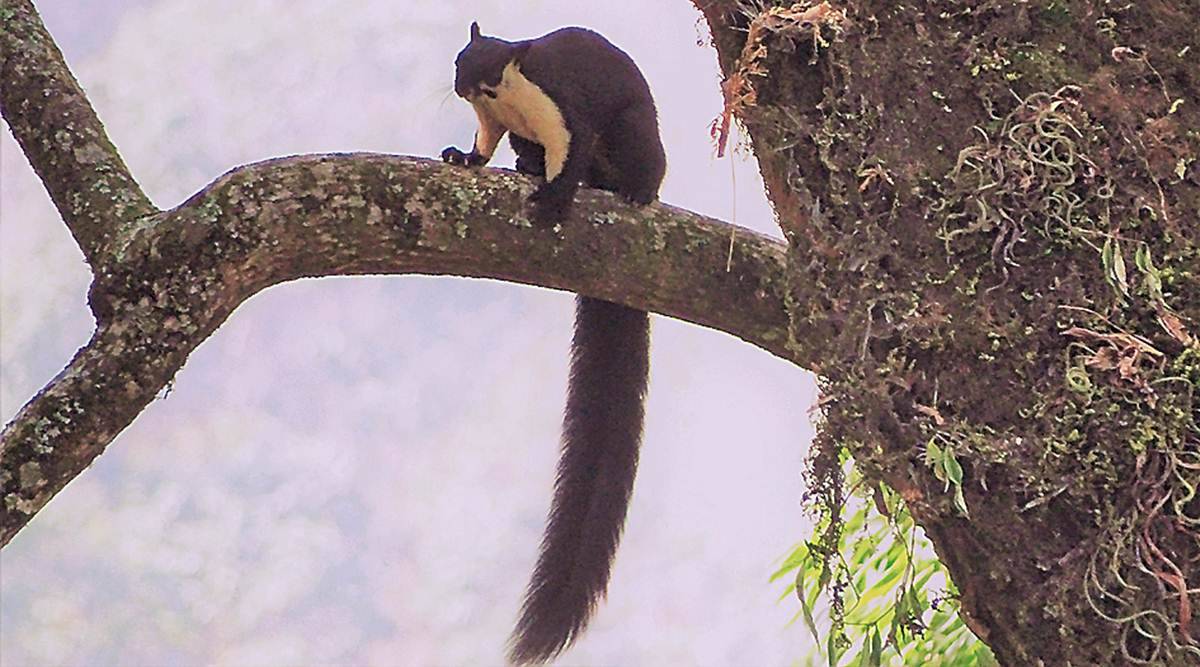Malayan Giant Squirrel: First Survey in India
Malayan giant squirrel or the black giant squirrel (Ratufa bicolor) is one of the largest tree squirrels in the world. As per a recent study conducted by Zoological Survey of India, this species of squirrel may become extinct, if proper conservatory measures are not taken. This is the first of its kind study conducted by the Zoological Survey of India.
Key Findings of the Survey
- The Malayan Giant Squirrels might decline by 90% in India by 2050. The species might become extinct in the country subsequently.
- Only 43.48% of the original habitat is favourable to the squirrel. They are fast losing its territories due to crop cultivation and human settlements.
- The population of Malayan Giant Squirrels have declined by 30% in the last two decades.
- The study says that the Malayan Giant Squirrel and its habitat are under threat due to fragmentation of forests, deforestation, crop cultivation, illegal trade in wildlife, Slash and burn Jhum Cultivation, hunting for consumption.
Impacts
The findings of the study reflect the fact that the declining population of the squirrel says that the health of the forest and vegetation the squirrel feeds on is also declining. Around 20% of Malayan Squirrels in India live in the altitude between 1,500 metres and 2,700 metres above the sea level.
Conservation
The Malayan Squirrel is listed as “Near Threatened” on IUCN 2016 list and is listed as “protected” under India Wildlife Protection Act.
About the Malayan Squirrels
India is home to three giant squirrel species namely Grizzled Giant Squirrel, Indian Giant Squirrel and the Malayan Giant Squirrel. The animal is native to the Indomalayan region, which spreads across the South and South-East Asia. In India, the species is spotted at higher numbers at the Kaziranga National Park in the state of Assam and parts of North-East India. The Giant squirrels are characterised by dark upper body, pale under body and long bushy tails.
They are diurnal, herbivorous and arboreal. Animals and Birds active in day are diurnal. The animals and birds active during night are called nocturnal. Arboreal is tree dwelling.
Month: Current Affairs - December, 2020


